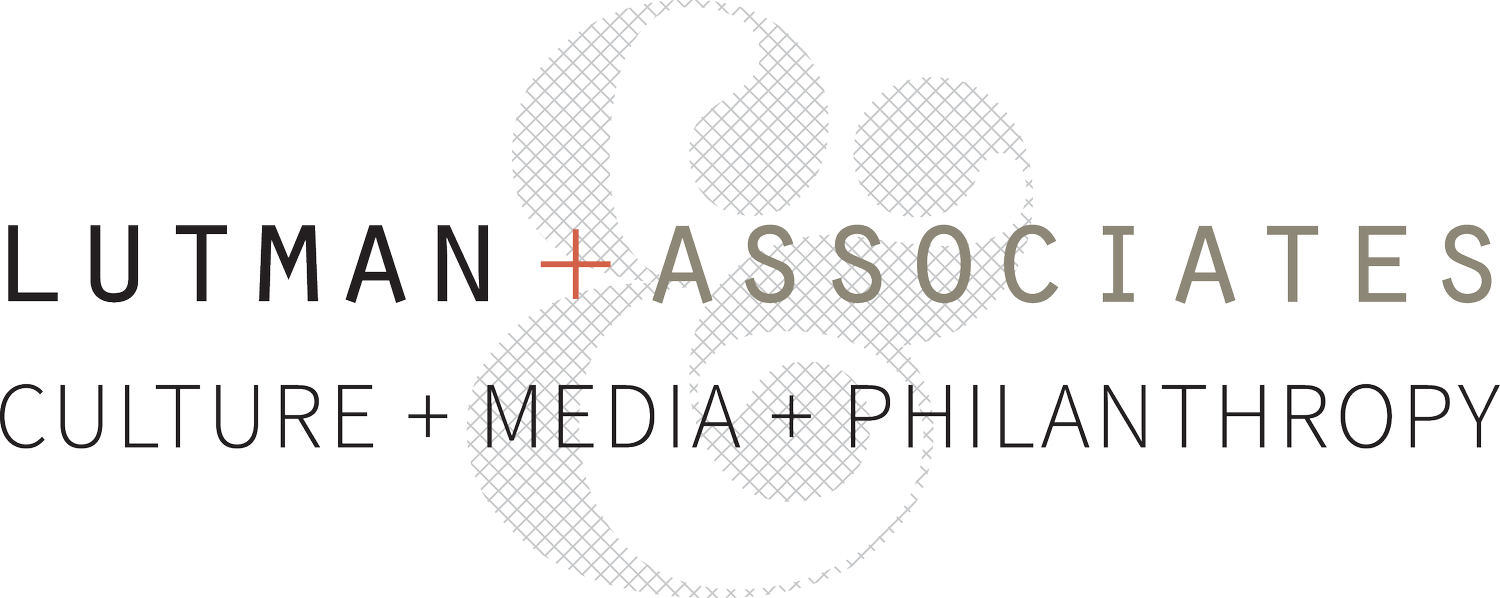Originally published in Twin Cities Business Magazine, June 2014
You already know that foundations make grants—that’s common knowledge. Endowed private foundations grant a percentage of their assets each year to support nonprofit organizations and causes. But what fewer people know is that foundations also make loans, or in nonprofit lexicon, “program-related investments” (PRIs). And they’re having a major impact on the Minnesota nonprofit community.
The Tax Reform Act of 1969 gave foundations permission to make below-market-rate loans instead of or in addition to grants, and when directed to qualifying nonprofits for appropriate purposes, these investments may count toward the minimum distribution requirement that the government mandates. PRIs are not common: In 2010 the Foundation Center, which collects information about foundation giving, identified only 173 out of 75,000 foundations that made a PRI of at least $10,000 in 2006 or 2007. And PRIs are a tool within the grantmaking portfolio and budget—they don’t leverage the asset base itself.
PRIs are rare not only because nonprofits often can’t demonstrate ability to repay a loan, but also because many foundations are not staffed to analyze investment potential and loan risk. A few very large foundations have separate PRI staff oriented toward this kind of analysis, which is different from the analysis of “community benefit and impact” that a grants officer would consider.
Nonetheless, PRIs have been shown to be effective tools in circumstances where a nonprofit needs favorable financing terms and can identify revenue to repay a loan. Foundations have been willing to extend PRIs where the risk is higher than what’s acceptable for a traditional financial institution. Examples range from community development and low-income housing finance funds to bridge and working capital loans. The environmental field also has used PRIs, for example, as capital for land acquisition and easement purchases that are later repaid with philanthropic dollars.
Beyond PRIs, some foundations also apply “social screens” to their investment portfolio. For example a foundation focused on health care might reject investments in tobacco companies. A foundation annual report will frequently include information about screens used in investment policy alongside results expected; in fact a recent survey by the Association of Small Foundations showed that 59 percent of small foundations screen investments for environmental, social and/or governance practices. However, whatever screens are in place, a foundation’s investment committee remains accountable for strong portfolio returns.
More recent developments in philanthropic investing go deeper: Foundations are not merely screening but now are taking a “total asset” approach to their investing. They’re looking for strategic partners not only for spending the required distribution (5 percent) in grants and loans but also for investments with the corpus of the endowment. They are championing not only the nonprofits they support through grants, but also the for-profit businesses where the investment portfolio can align with mission. These mission-related investments (MRIs) are market-rate investments expected to make or beat market performance benchmarks, while delivering community benefit beyond financial return.
Two local examples provide on-the-ground evidence of this growing practice, and stand out among foundations nationally.
The Sundance Family Foundation in Minneapolis was created in 2003 by Nancy Jacobs and Mark Sandercott, and focuses its grantmaking on youth social entrepreneurship and on programs that strengthen family stability. At $3.338 million at the end of 2012, endowed assets are modest by foundation standards.
The foundation’s investment committee asked advisors at Minneapolis-based Allodium to help them “do more good” with their money than what was possible with grantmaking alone. Over a period of years, Allodium principal David Bromelkamp worked with the committee to identify their values and priorities, and to align portfolio investments with them. The initiative was implemented initially with domestic equity mutual funds and exchange traded funds; Allodium helped screen specific funds on nine due-diligence criteria and identified investments that met the committee’s preferences. In phase two of the process, the committee looked for investment managers active in low-income communities that need investment capital. In phase three the committee began to include separately managed accounts (SMAs) that could target specific geographic areas and economic sectors while passing environmental, social and governance screens. With the strategy now in phase four, Allodium is helping Sundance bring its 80 percent investment exposure to an even higher level by incorporating non-liquid investments that can demonstrate strong community benefits.
“We decided early on that it didn’t make sense to close our eyes and ears to how our money was being invested,” Jacobs says. Sundance started by allocating 10 percent of its portfolio to the MRI approach and has now reached 80 percent while maintaining above-market returns. “Fear of the unknown is what keeps foundations in traditional investments,” she says. “Billions of dollars are on the sidelines, uninvested in community development funds domestically and globally, that could be changing the face of giving exponentially.”
The McKnight Foundation, one of the state’s largest, recently announced a major move in a similar direction. They’ve allocated $200 million, about 10 percent of total endowed assets, to a comprehensive impact-investing portfolio, and launched the search for new staff with appropriate expertise to lead the effort.
Kate Wolford, McKnight’s president, says the decision required a full year of study and trustee discussion. Ultimately she believes that impact investing gives the foundation “more tools in the toolkit.” Trustees will be looking for three results: financial return, program impact and organizational learning. “This is a reconceptualization of fiduciary responsibility,” Wolford says. “It’s not just the 5 percent in grants but the whole foundation.” The alignment of investment and grantmaking strategies “used to be avant-garde, but it will become mainstream,” she predicts.
Investment advisors and philanthropic service organizations are moving to assist private foundations with these emerging practices. With the $18 billion in total foundation assets held by Minnesota foundations, you can expect to see local evidence of this movement grow in the coming months.
